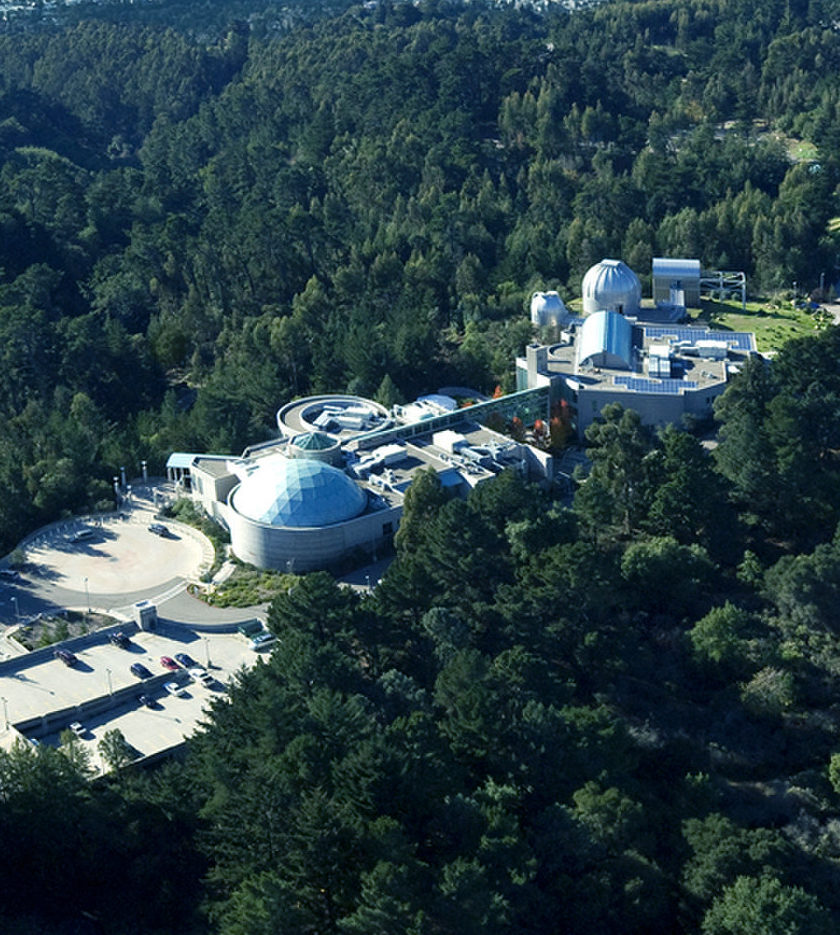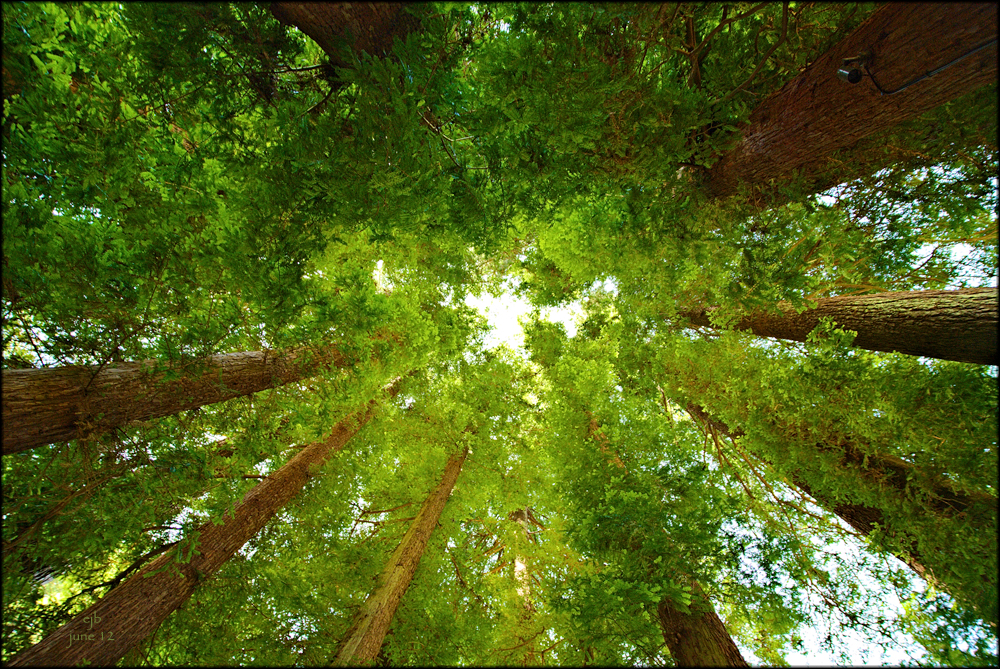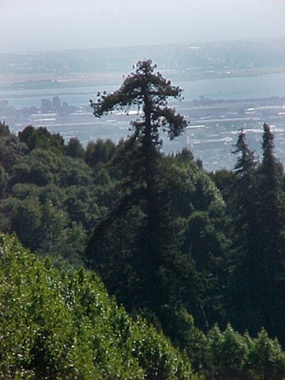California’s Coastal Redwoods—A Reason to Hike this Summer
 Situated against the backdrop of an enchanted grove of 100-150 ft coastal redwood trees, Chabot is surrounded by a rich landscape for summer adventures and memories to last a lifetime.
Situated against the backdrop of an enchanted grove of 100-150 ft coastal redwood trees, Chabot is surrounded by a rich landscape for summer adventures and memories to last a lifetime.
Chabot Space and Science Center is located within one of the few redwood forests remaining from the California coast to tip of the Southern Oregon.
We are grateful for our stunning forest backdrop and all of the ways it helps the Center. The forests around Chabot have numerous benefits, including reducing air pollution, filtering rainwater and providing the perfect scenery for exploration.
About the Trees
The coastal redwood has also been known as the California Redwood, the Pacific Redwood and the California state tree.
Teetering at heights of up to 376 feet, widths of up to 30 feet and depths of up to 12 feet, coastal redwoods are the tallest trees on earth.
“The crown of a super tall redwood has a towering, cloudy, irregular form, and the crowns of the tallest redwoods can sometimes look like the plume of exhaust from a rocket taking off, ” said Richard Preston.
If you ever notice that it looks like the trees are raining on a foggy day, they are.
In the warm summer months, that the redwoods use fog generate up 500 gallons a day of much-needed precipitation through transpiration.
Additionally, upon close observation you may notice that some redwoods grow in clusters around large round open spaces. It’s within these spaces that we find the evidence. These circles, sometimes called fairy rings, are the graveyards of the parent and grandparent parent trees, some of which stood for up to 2,000 years.

Standing the test of time
What makes these majestic beauties so resilient? How have they been able to withstand the test of time?
For one thing, coastal redwoods are quite resistant, but not impervious, to fire.
The durable fire-resistant wood is a desirable building material. Before you get excited about retrofitting your house, it’s illegal to cut down or even trim redwoods with few exceptions. Reclaimed redwood is permissible and highly sought-after.
In fact, they benefit from the low vegetation clearing and the aid in seeding fire provides. An extremely thick spongy bark and thick massive trunk allows the coastal redwood to hold an extreme amount of water. Redwoods also contain anti-fungal and decay properties that contribute to their longevity.
History of the Forest

One of the oldest species on the planet, this species goes back to the late Jurassic period, some 200 million years ago.
The coastal redwoods you find in the Oakland hills today stem from intricate root systems of older trees. They are still relatively young at 50-75 years, mere toddlers compared to their life expectancy, yet they reveal evidence of an ancient generation.
The onset of the California gold rush and the subsequent population boom starting in 1849 led to the demise of the old growth trees by extensive logging. You won’t see 2,000-year-old redwoods in the Oakland hills anymore except for one, called the Old Survivor, preserved as a historical landmark.
Why we need the Redwoods
Coastal redwoods provide significant benefit to the planet. They are climate champions. As the largest trees on earth, they convert more carbon dioxide into oxygen than any other tree.
In addition to air quality, the redwoods are not alone in the forest. They are usually in the constant company of companion plants, trees and shrubs such several species of ferns, maples and bay. Together they sustain a delicate symbiotic ecosystem of understory plants, animals, streams and trees.
Check out a printable map of the trails around Chabot made by our Galaxy Explorers Environmental Team.





